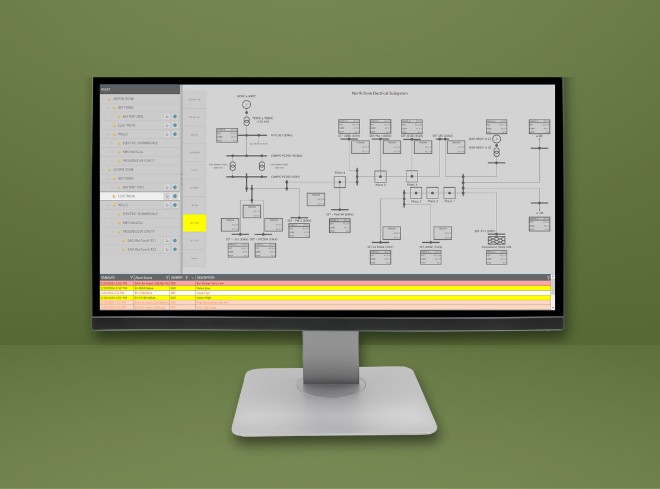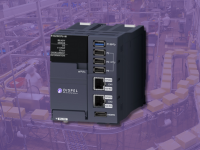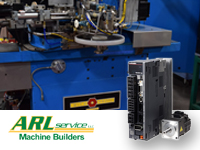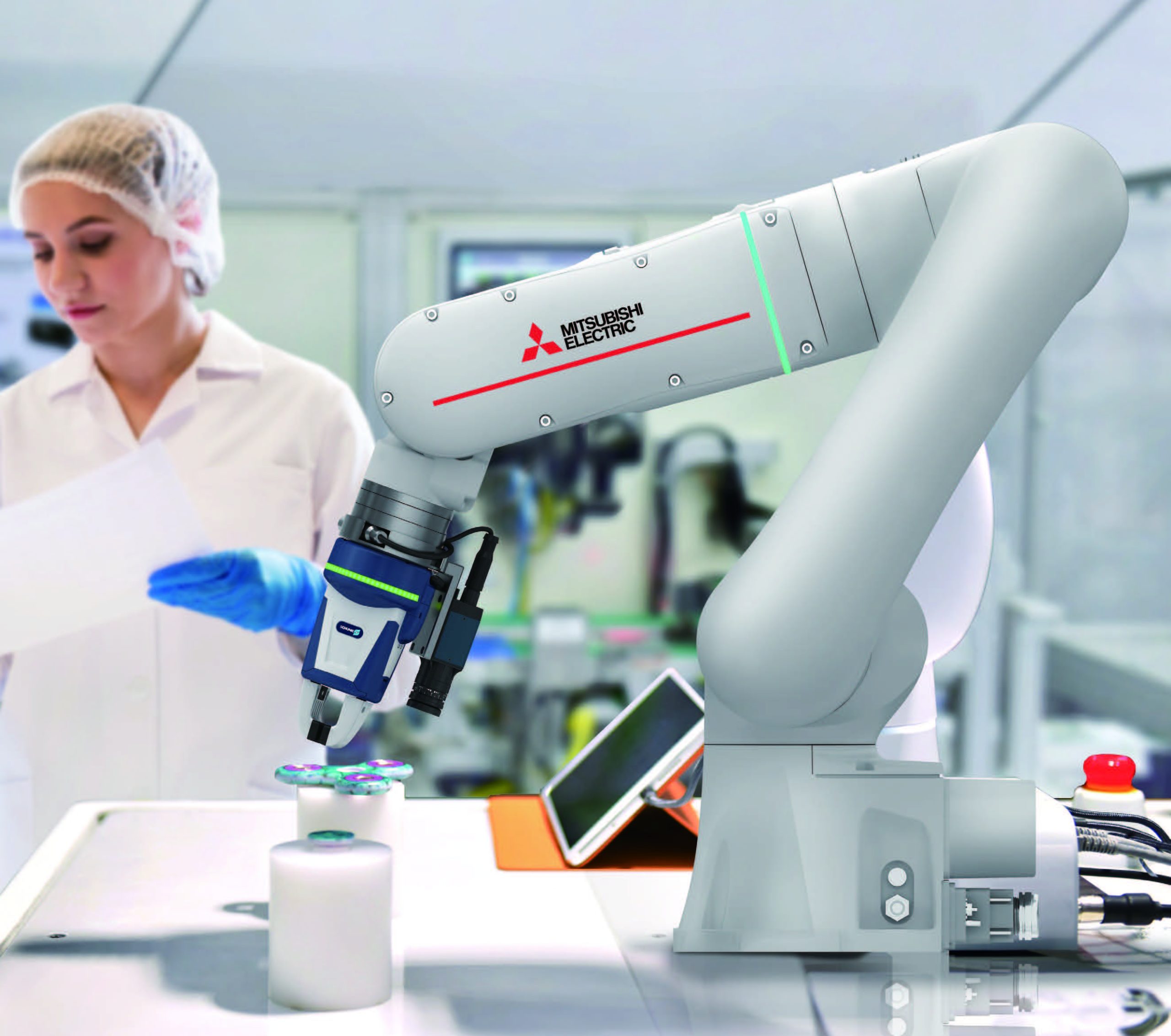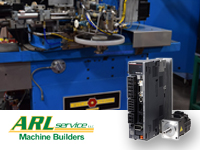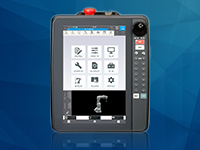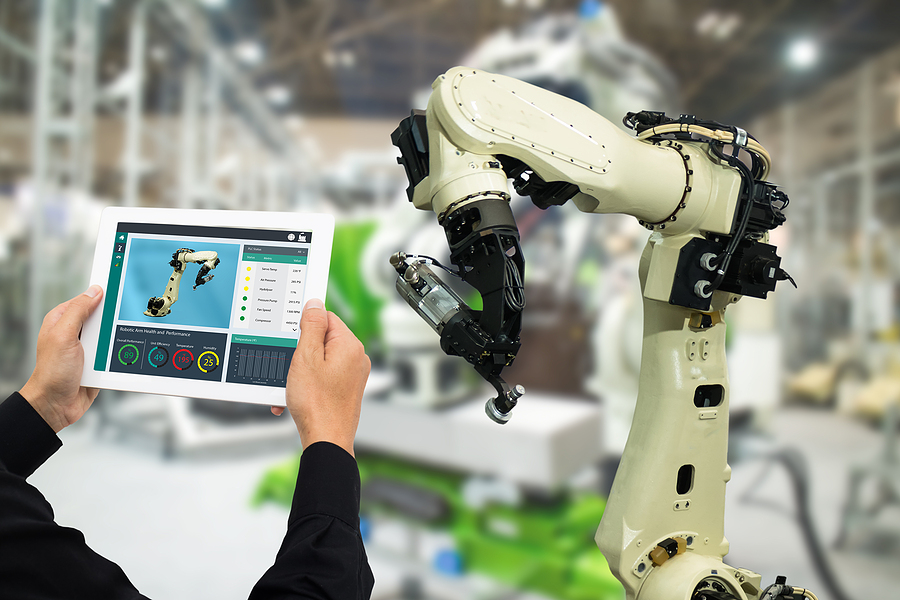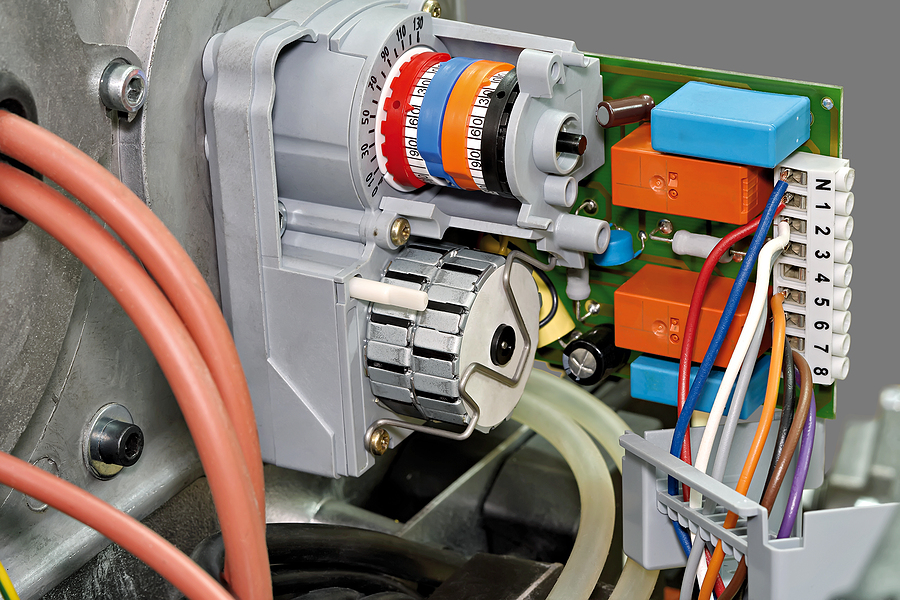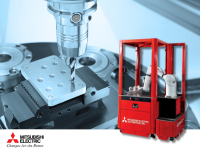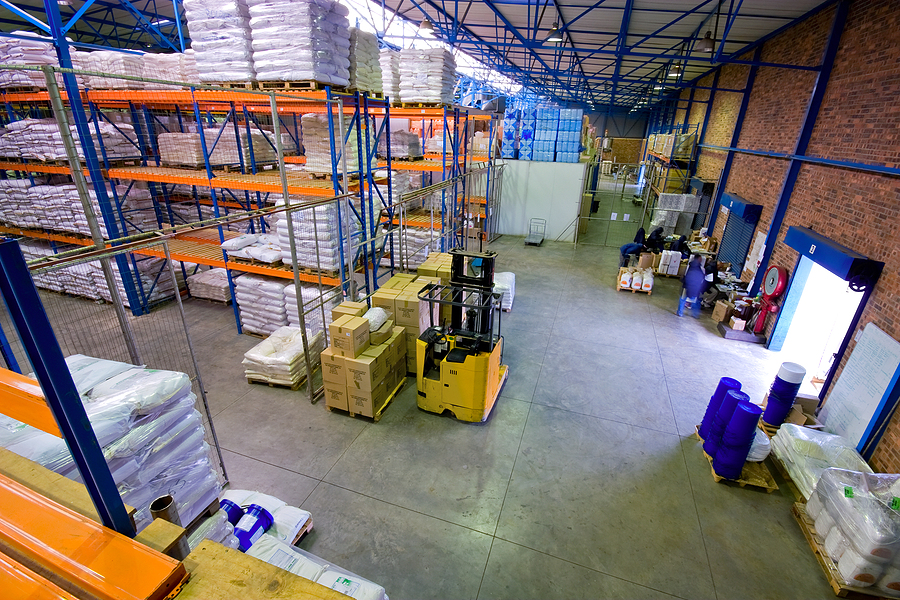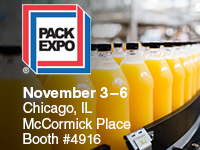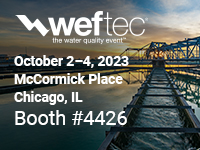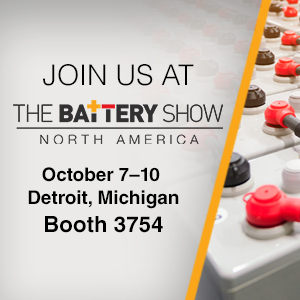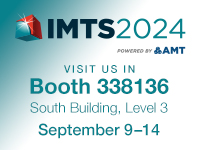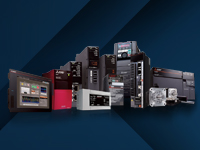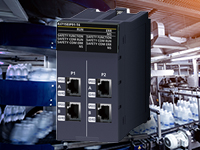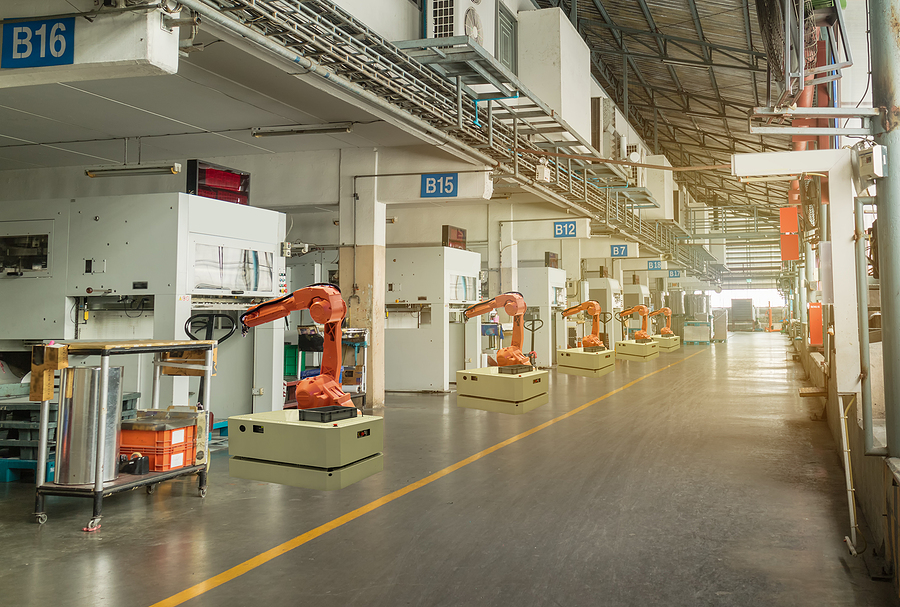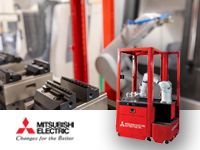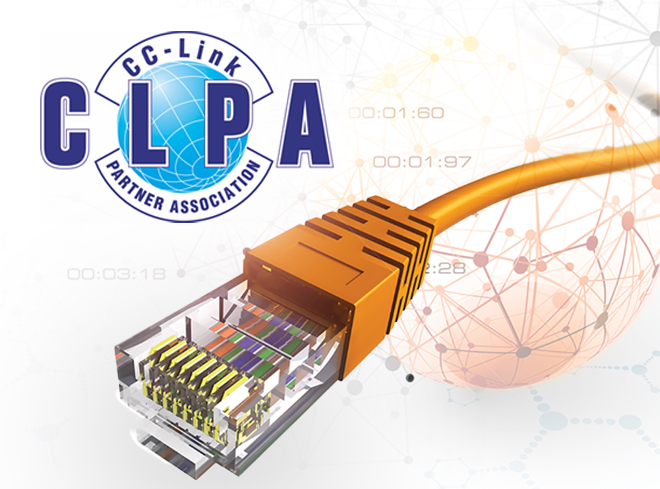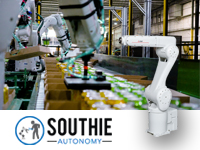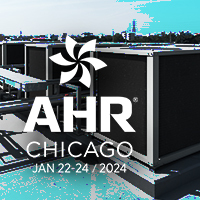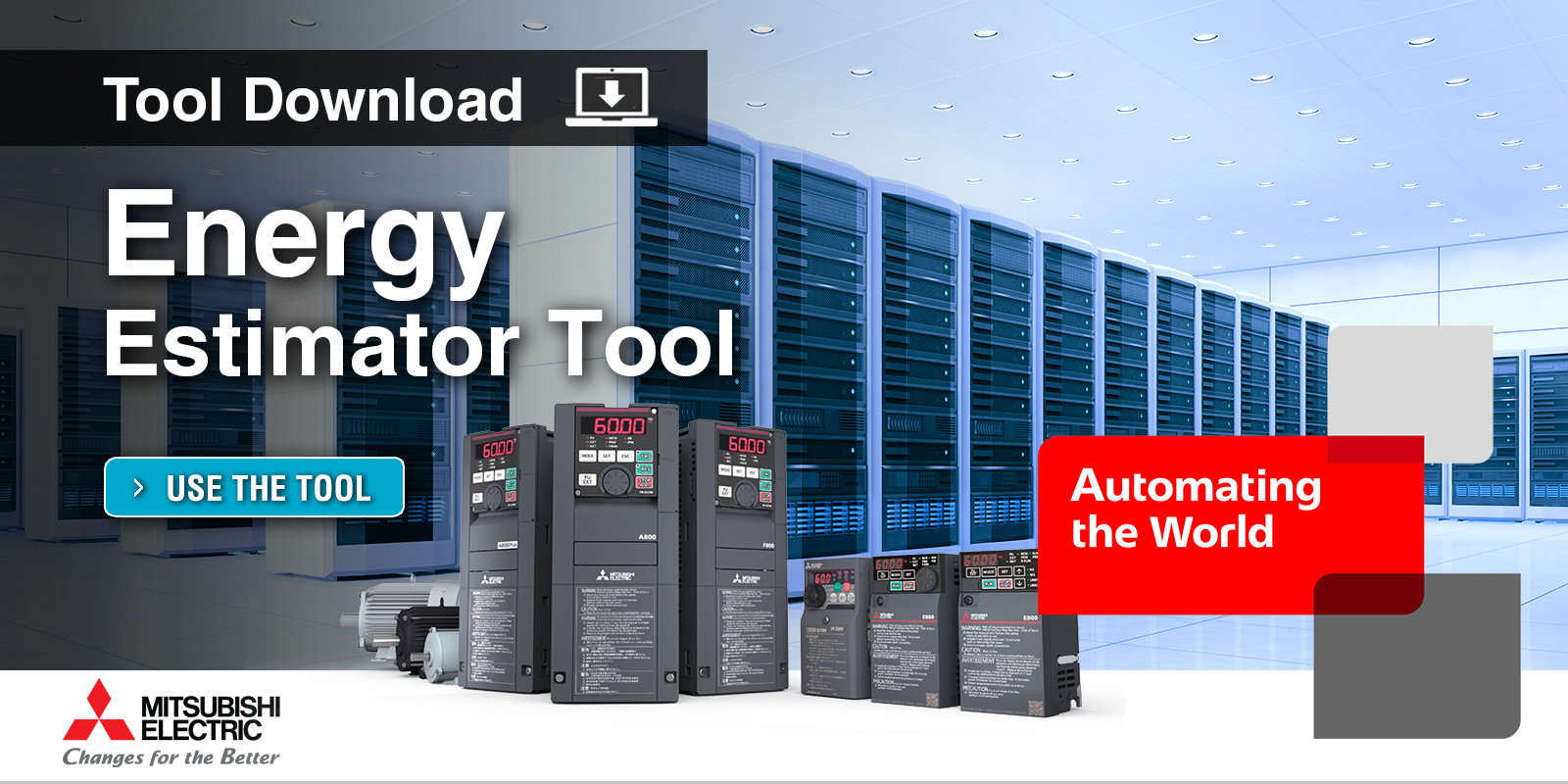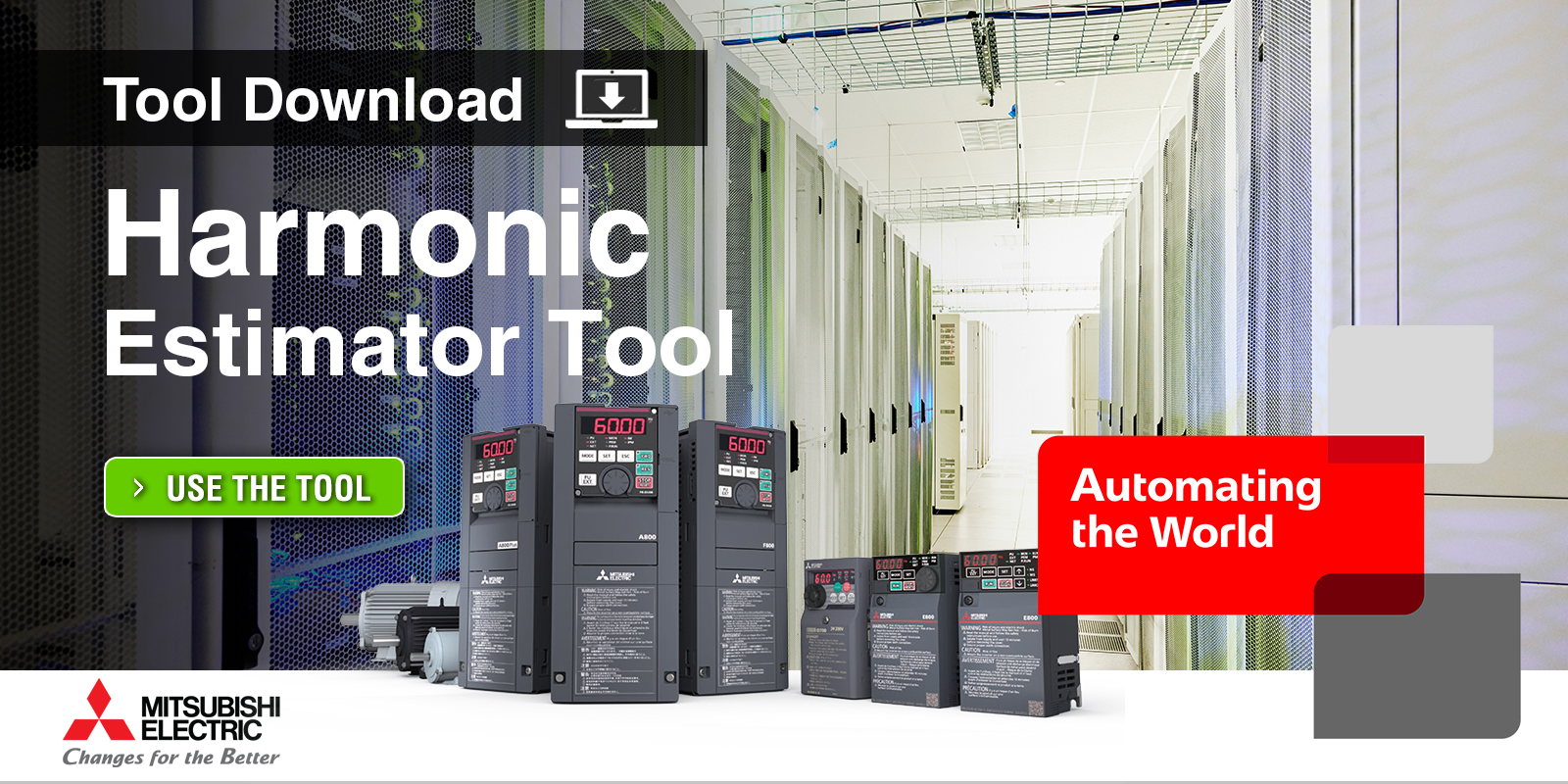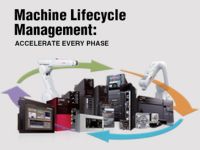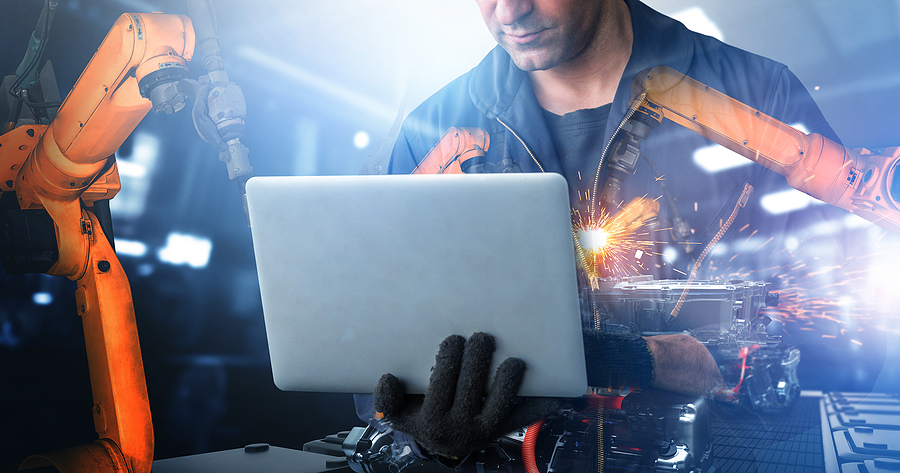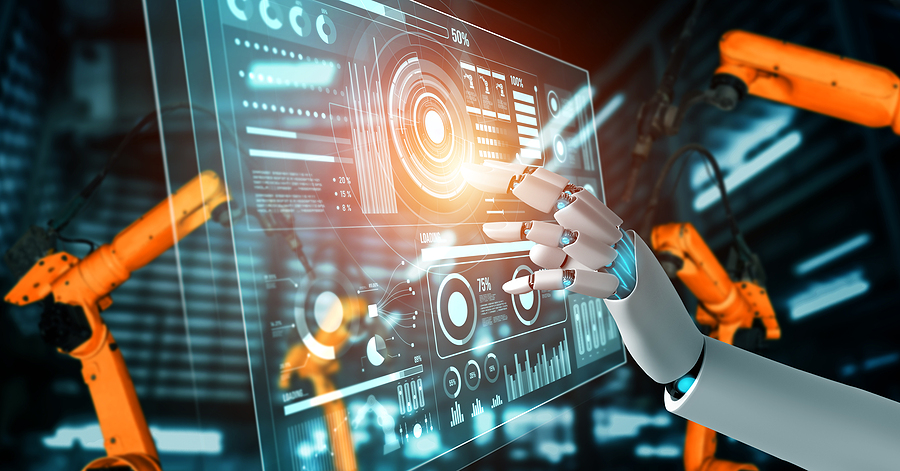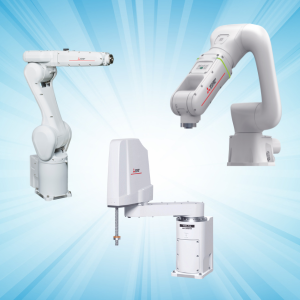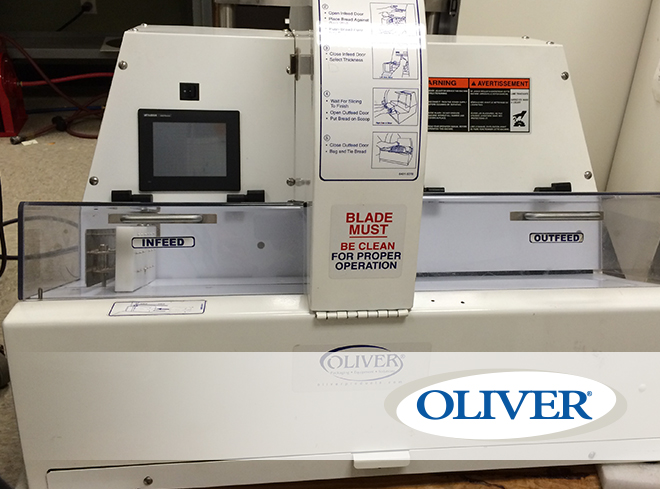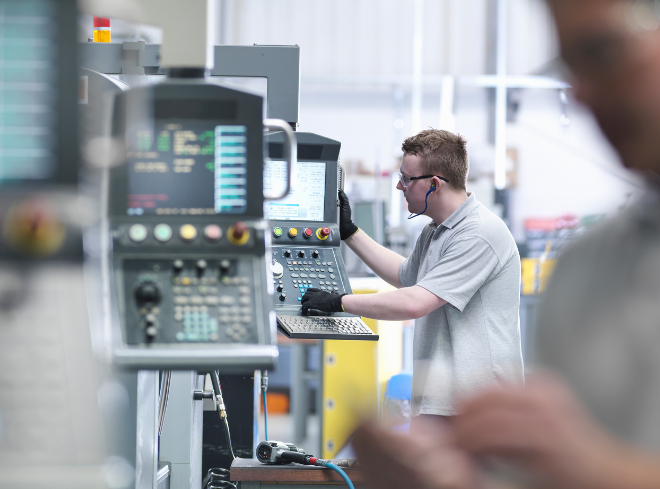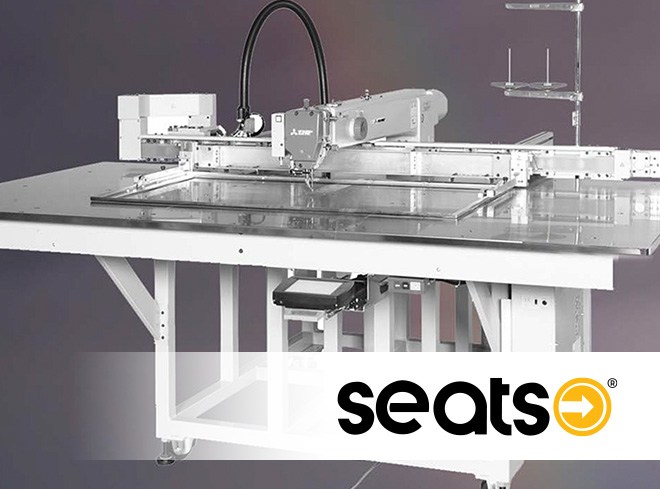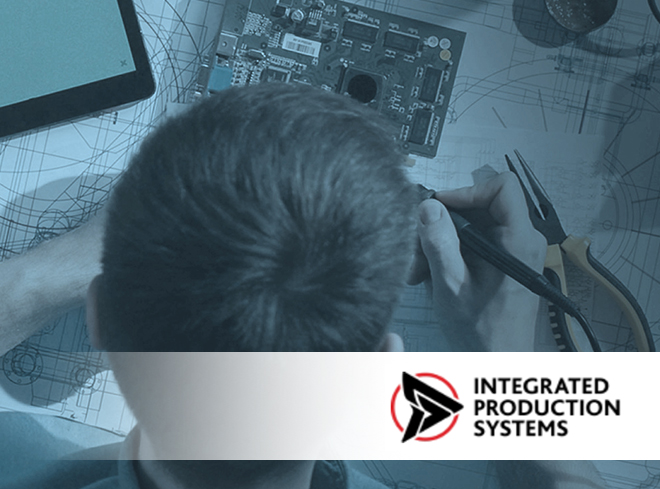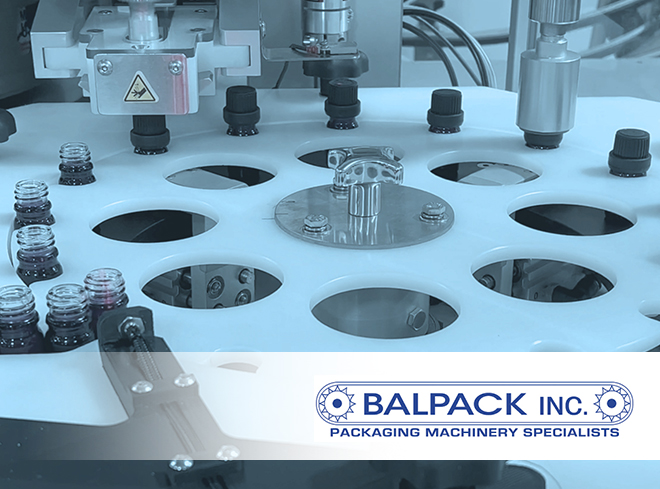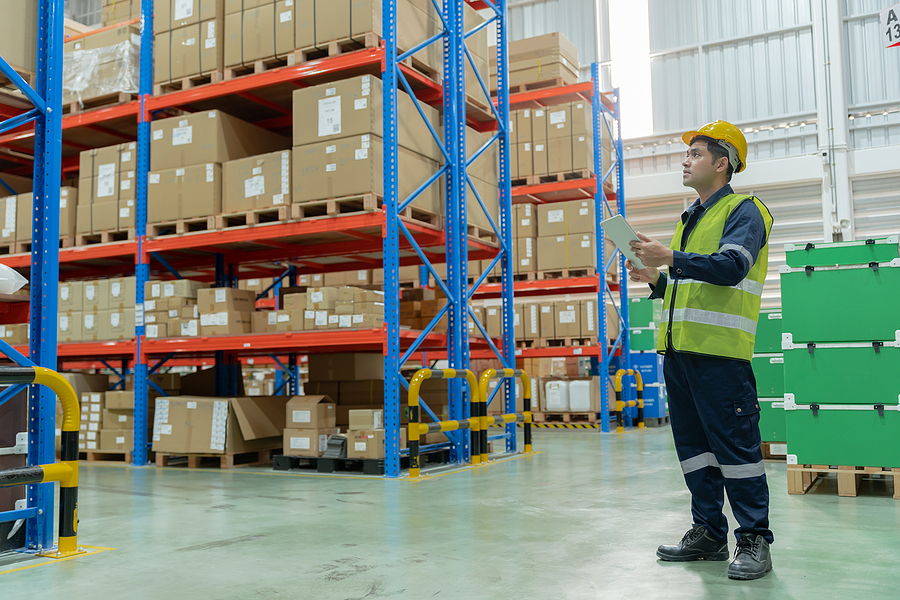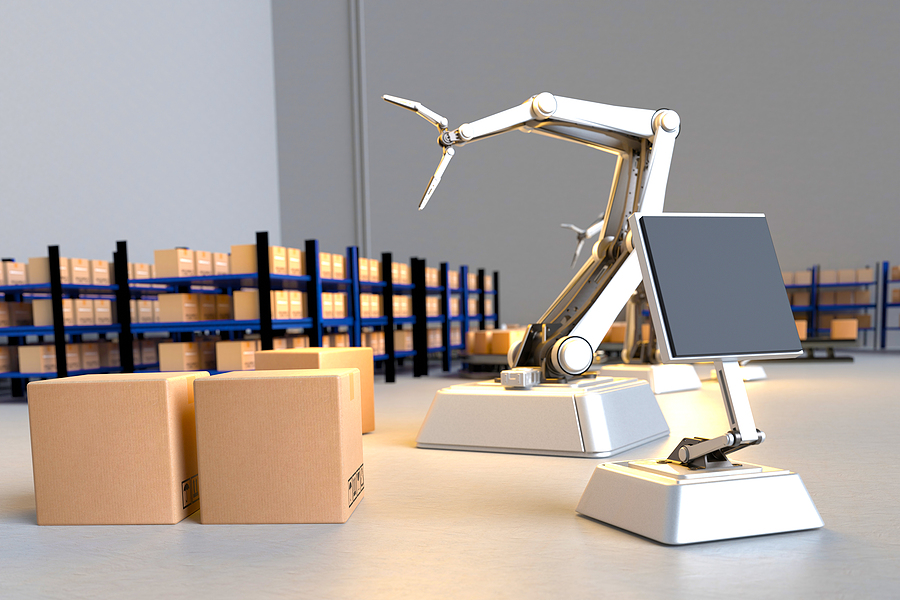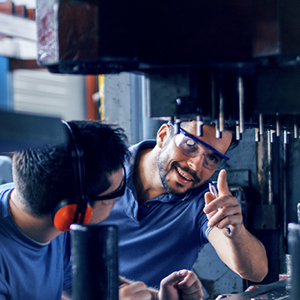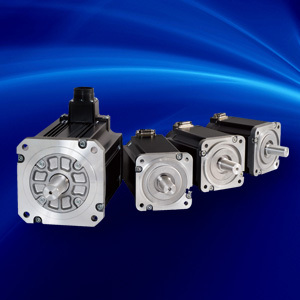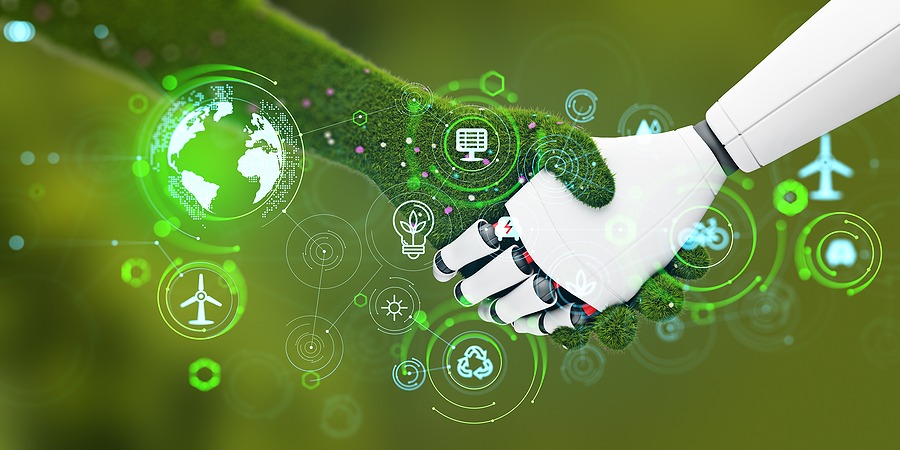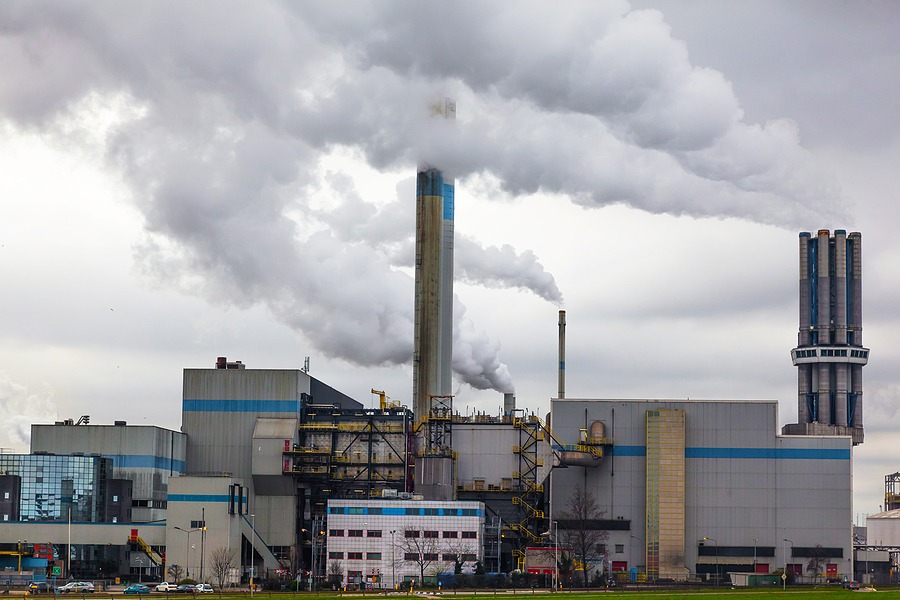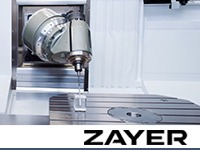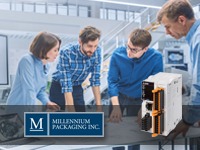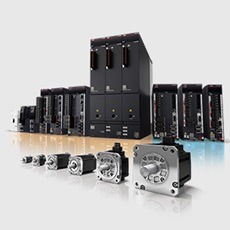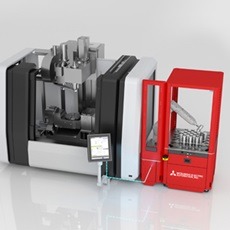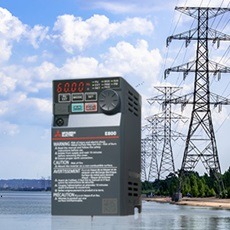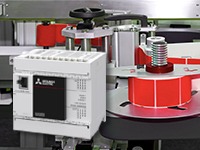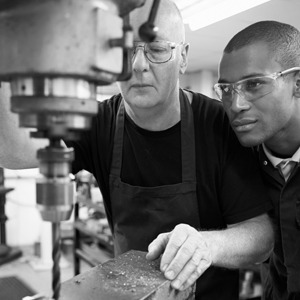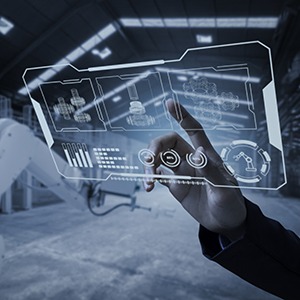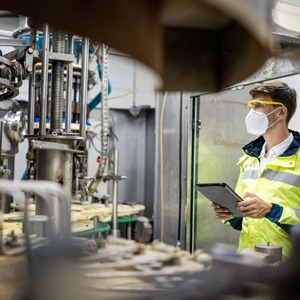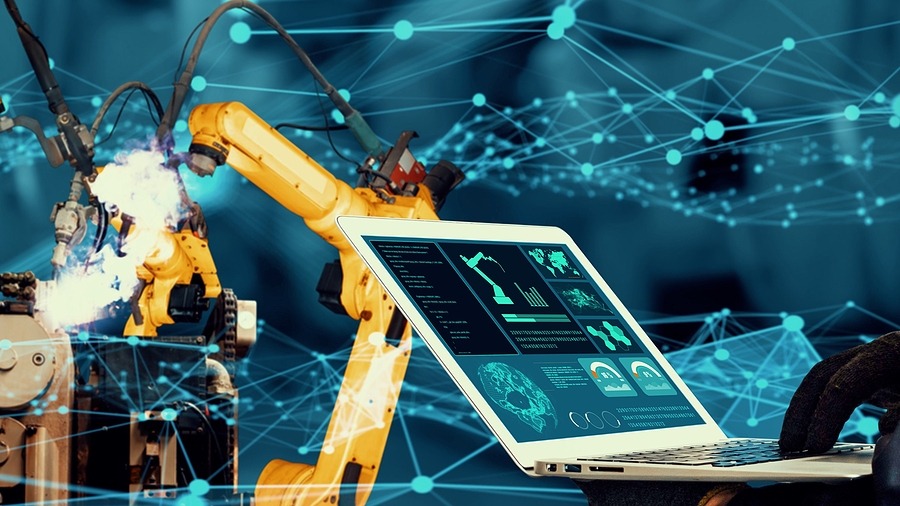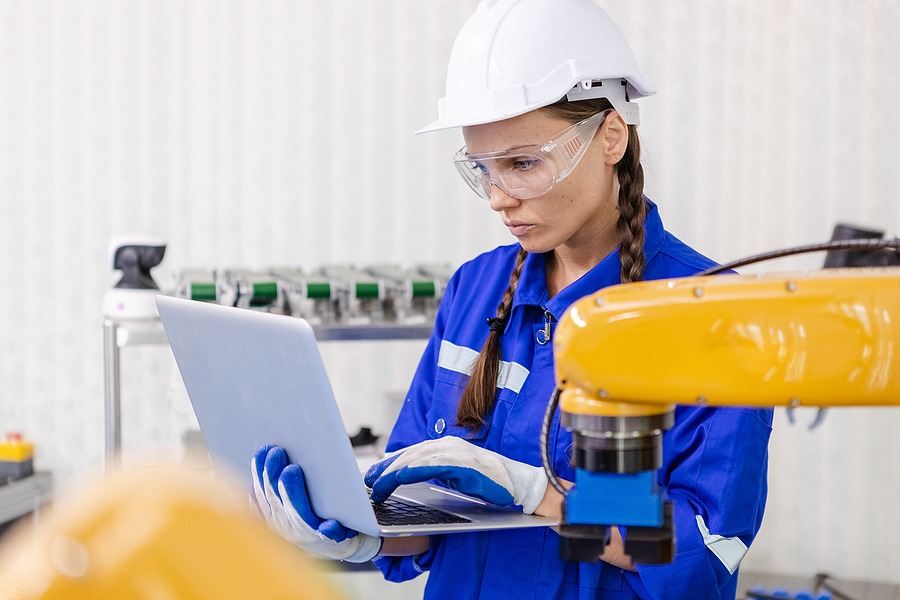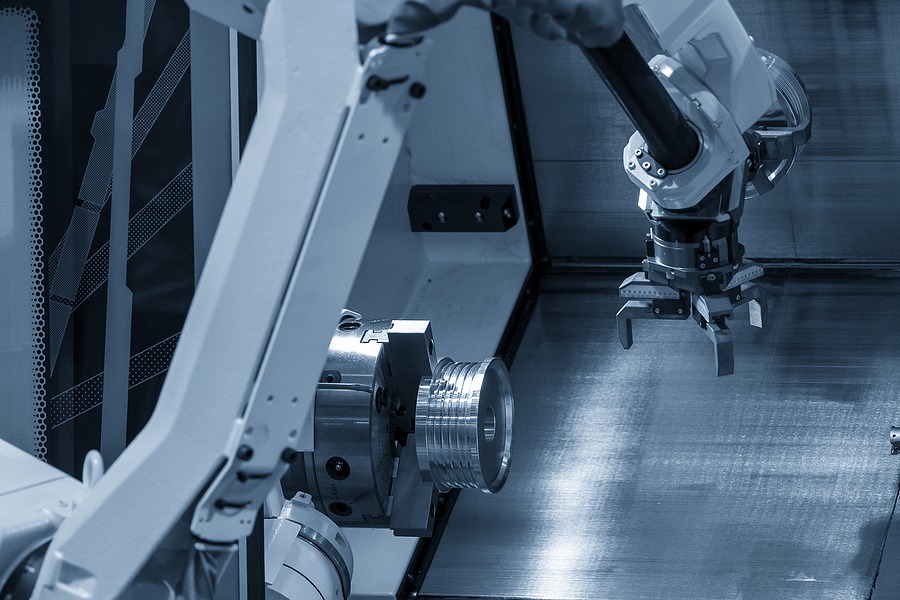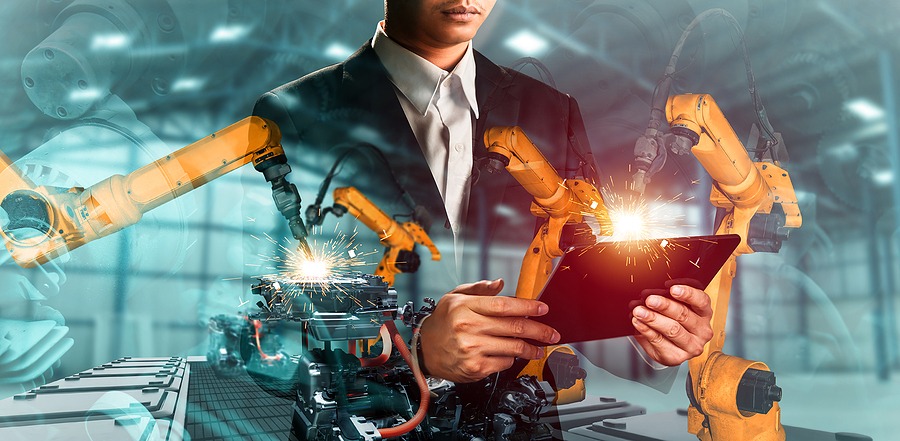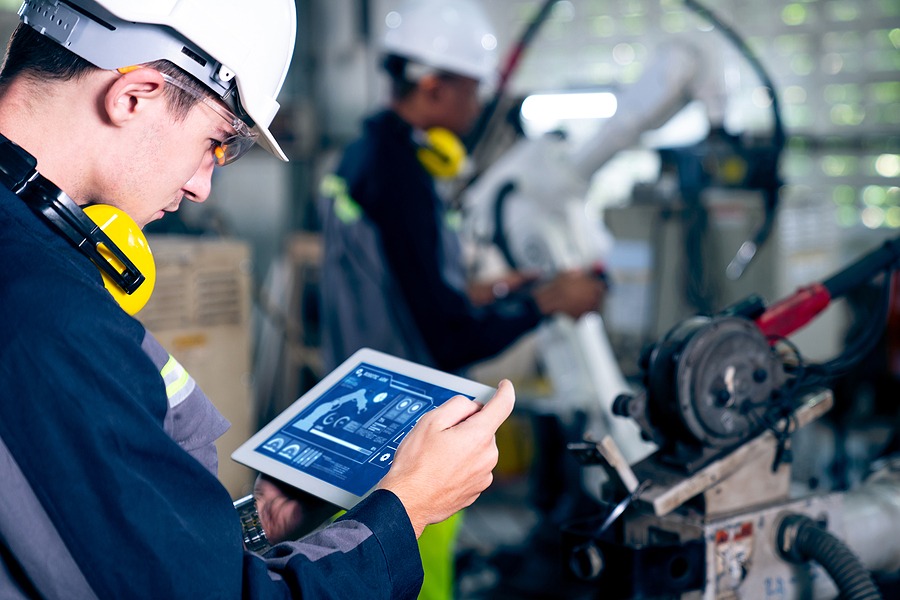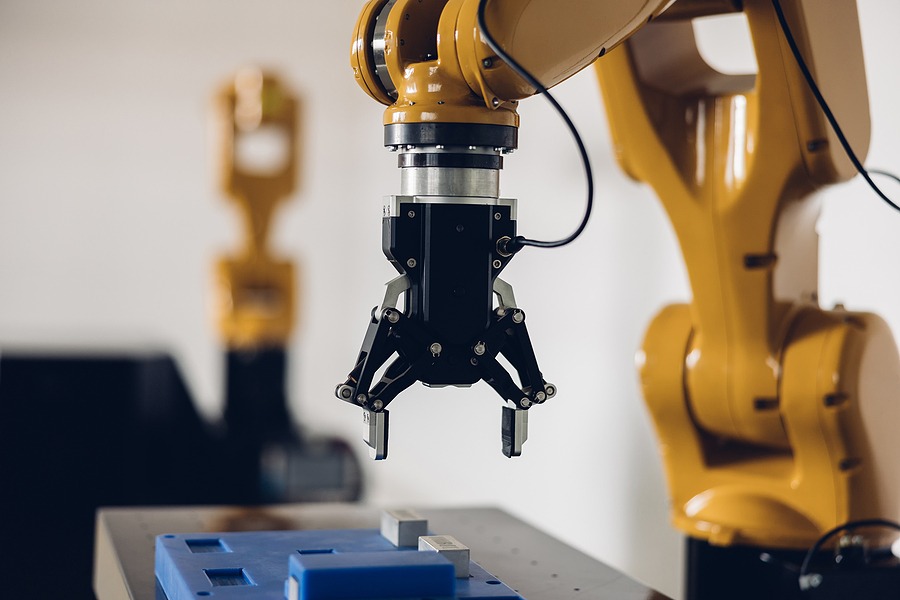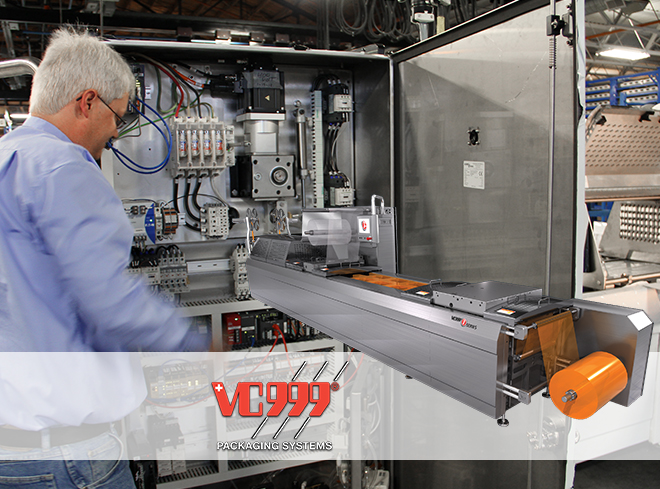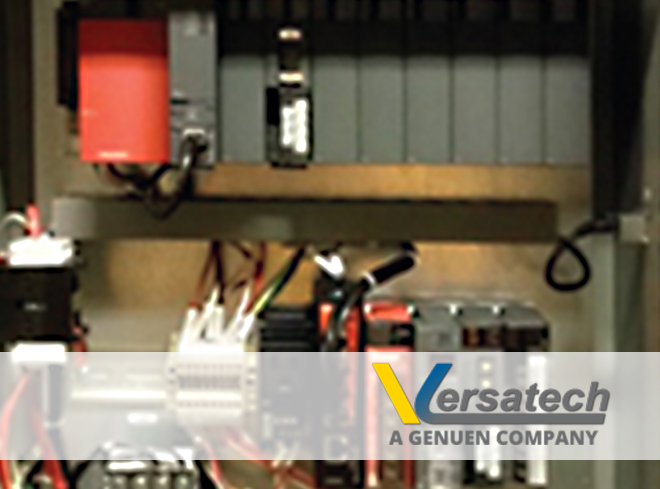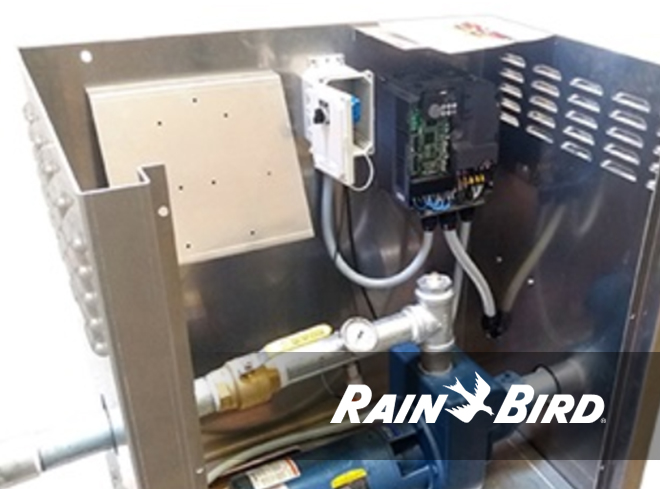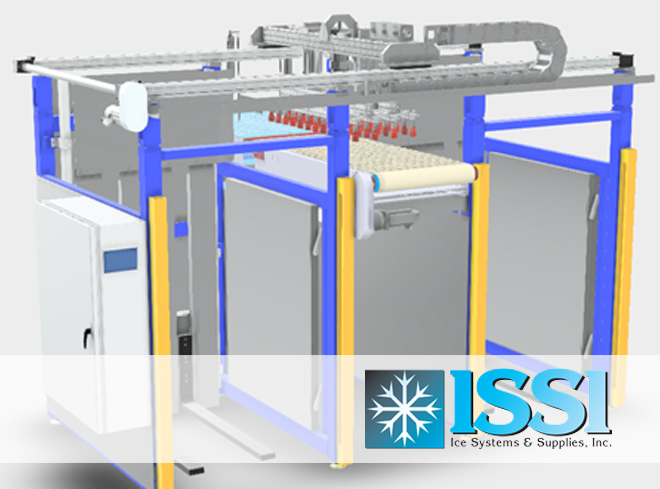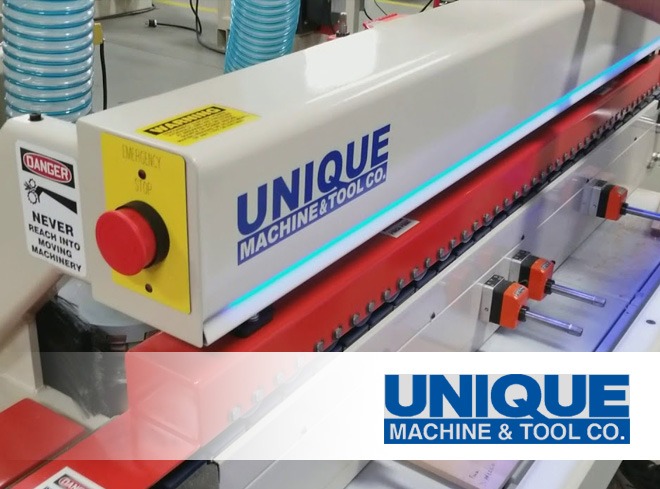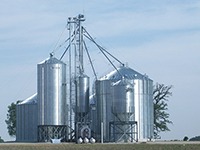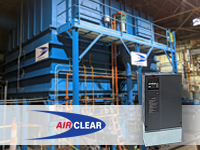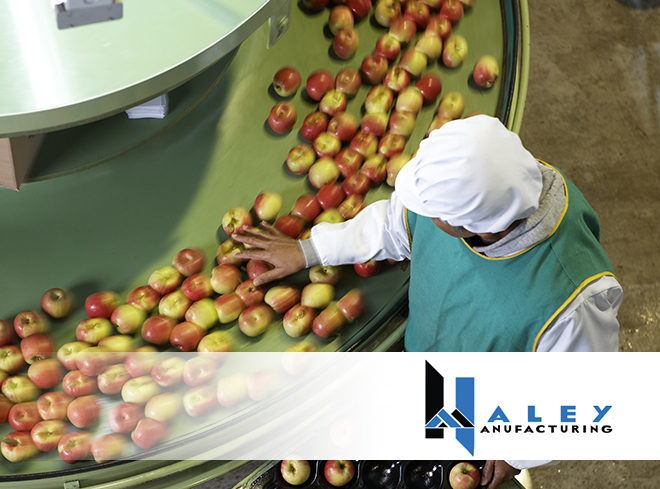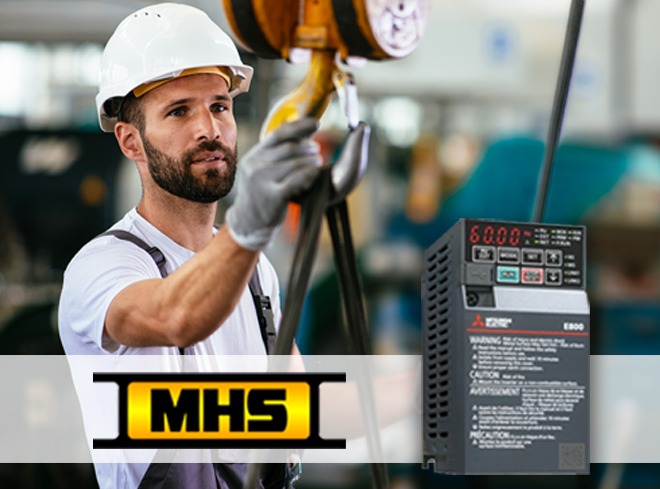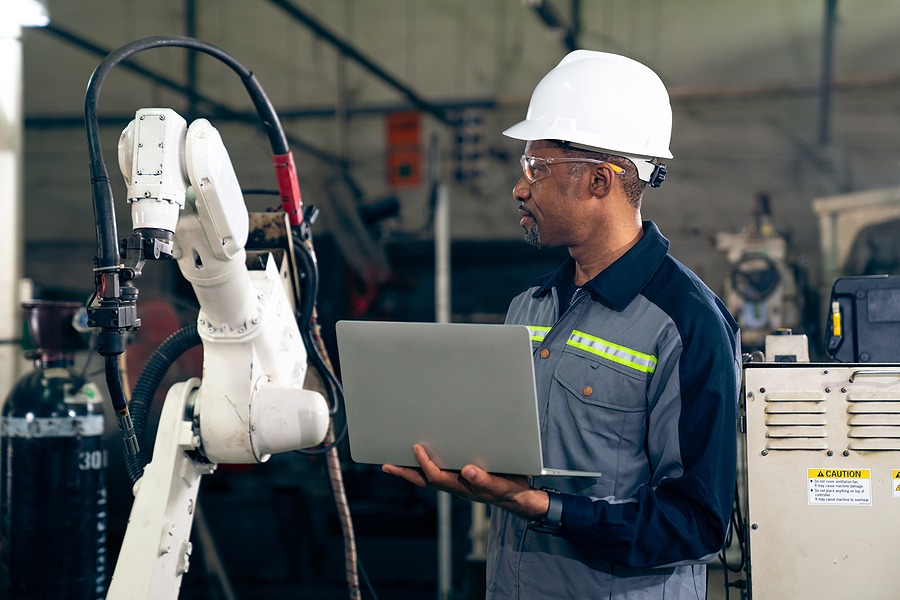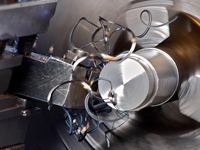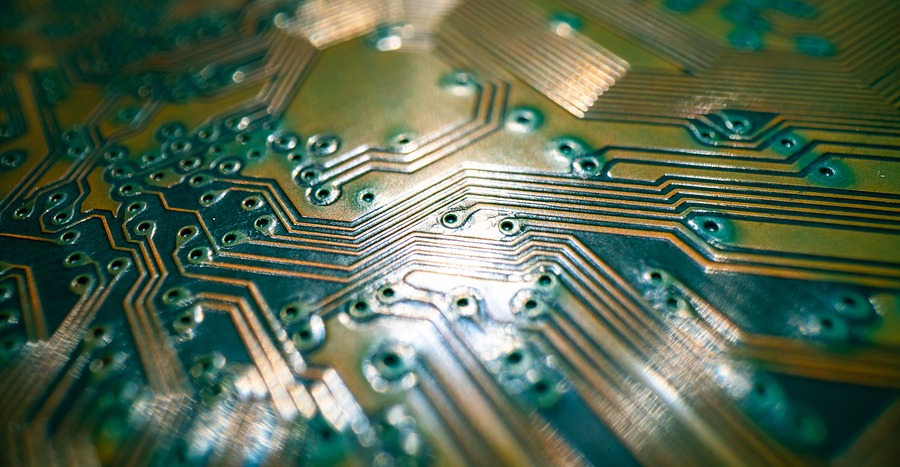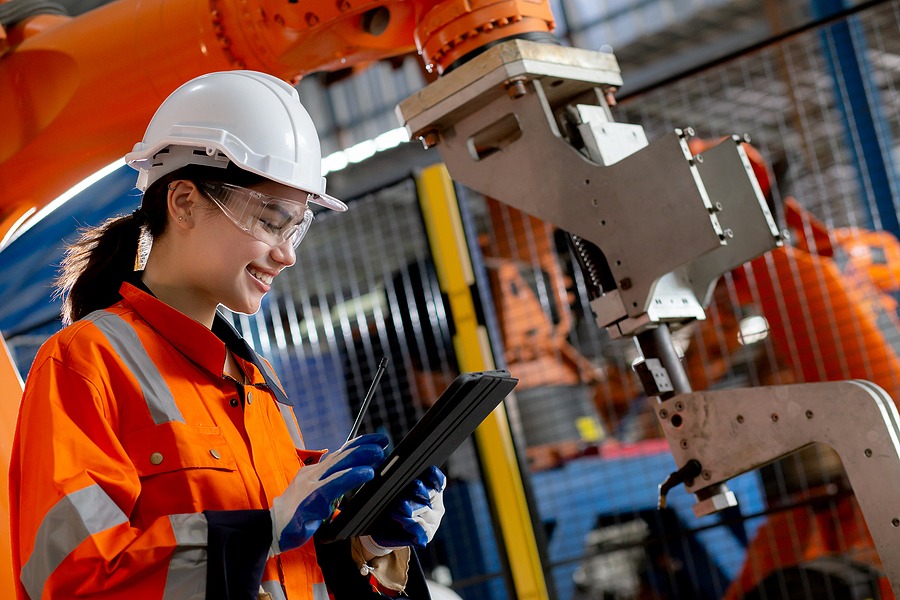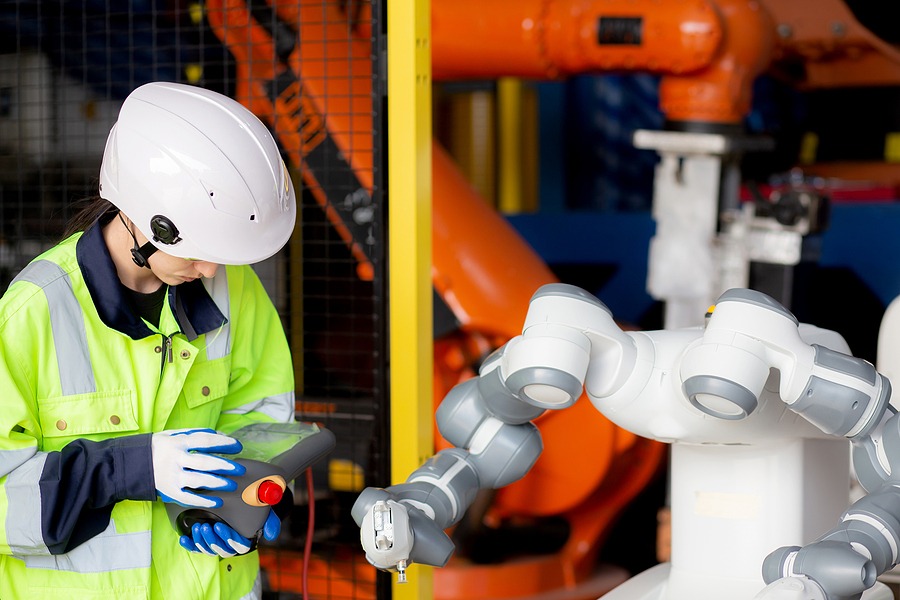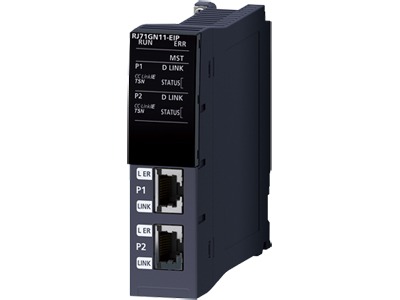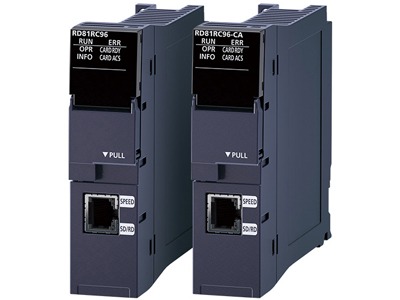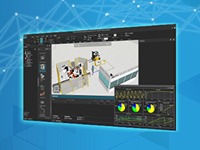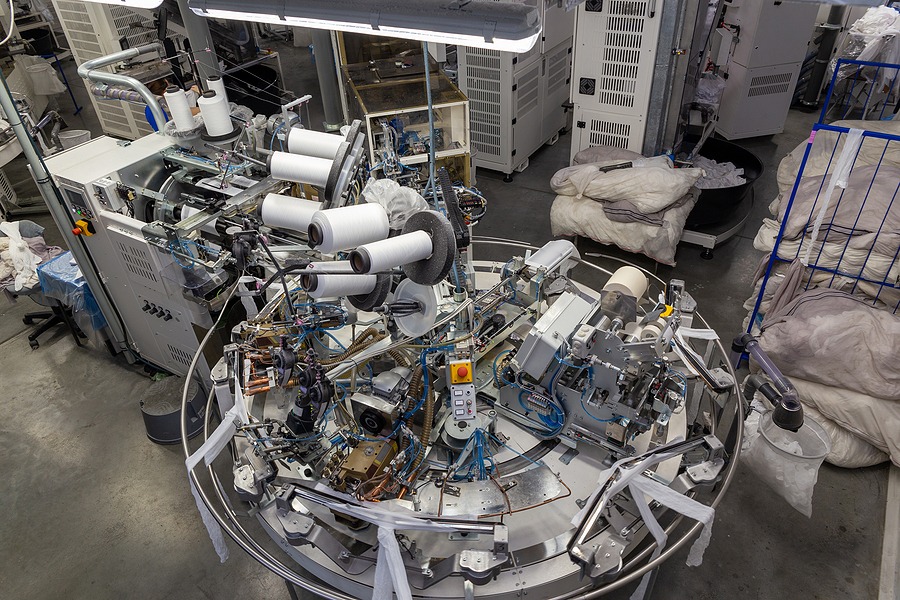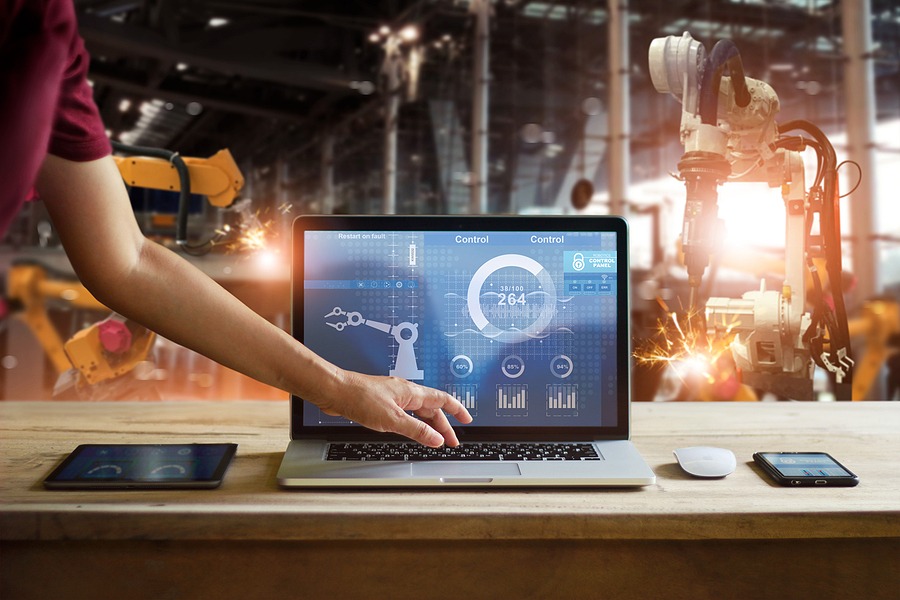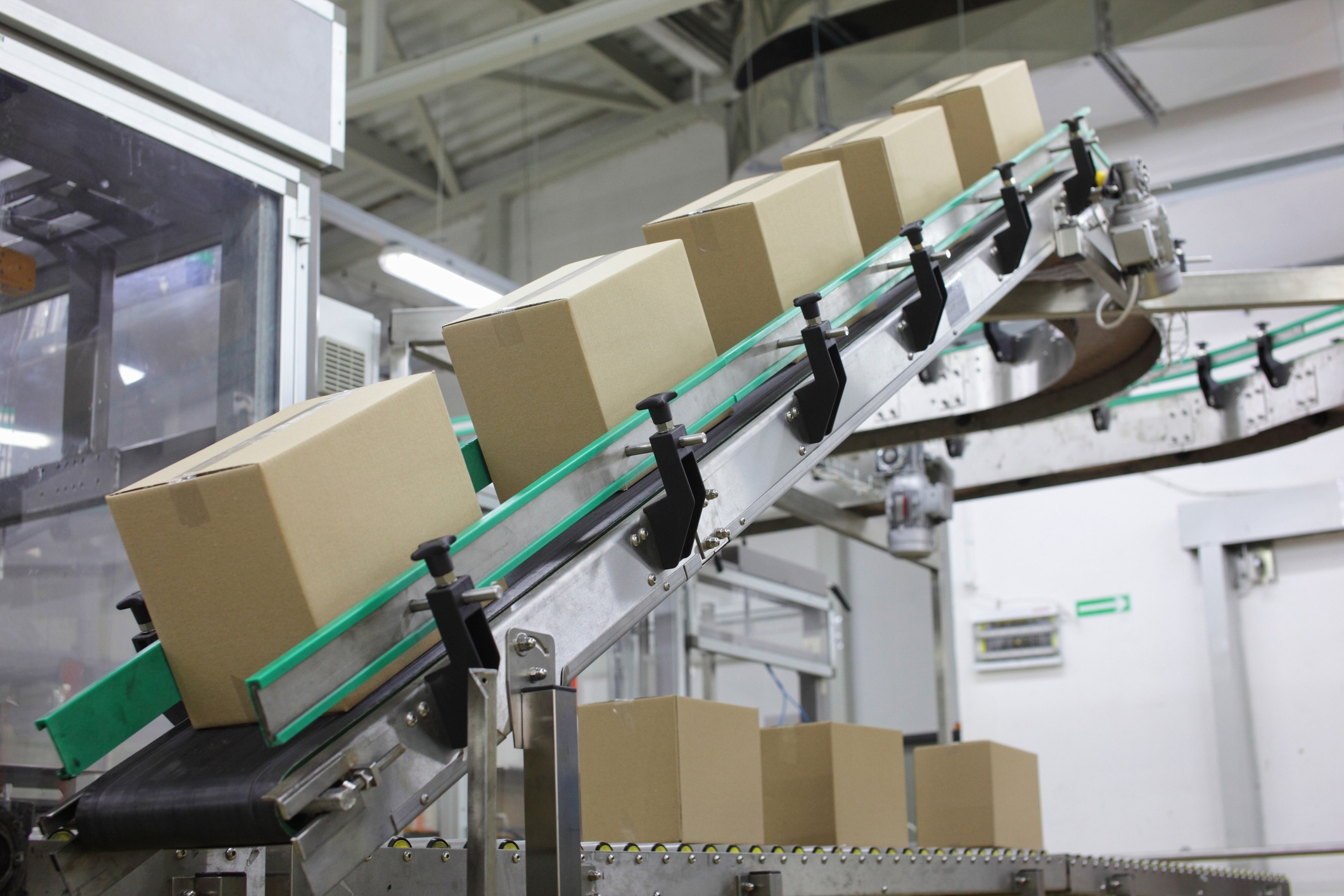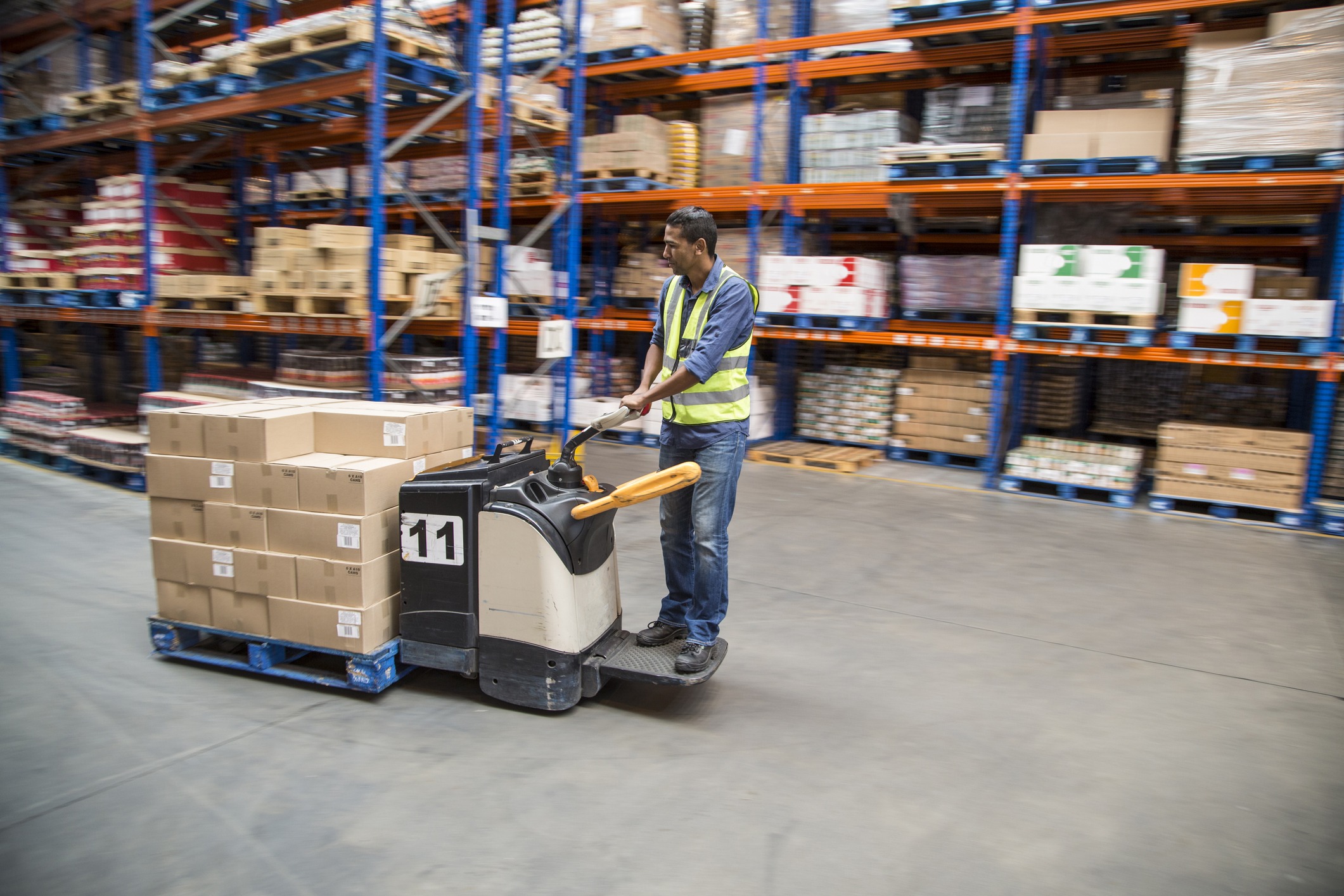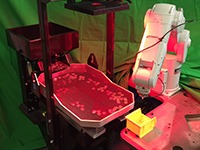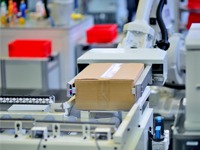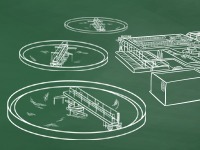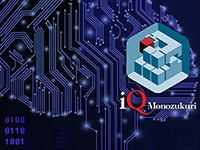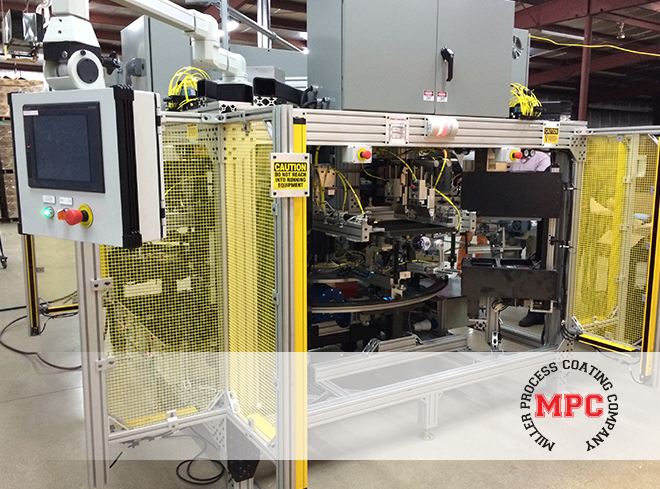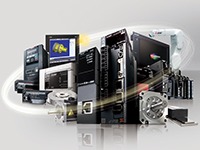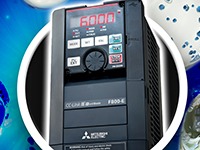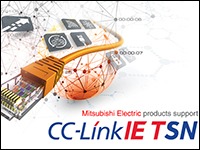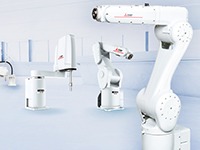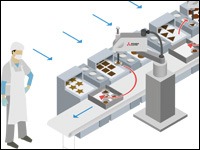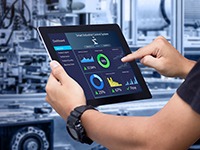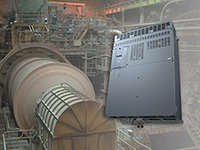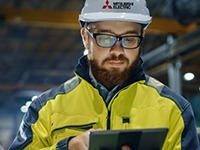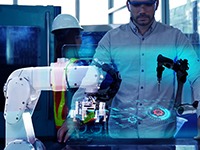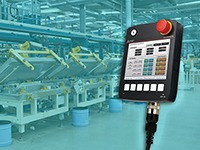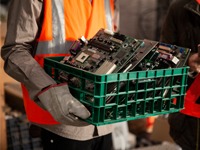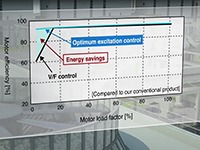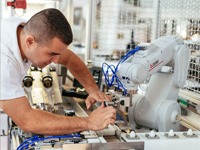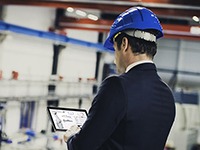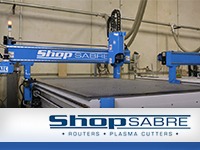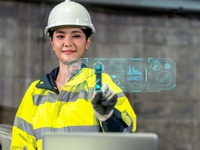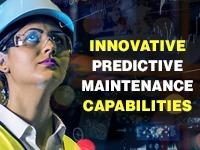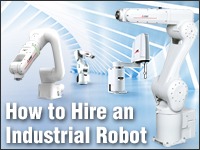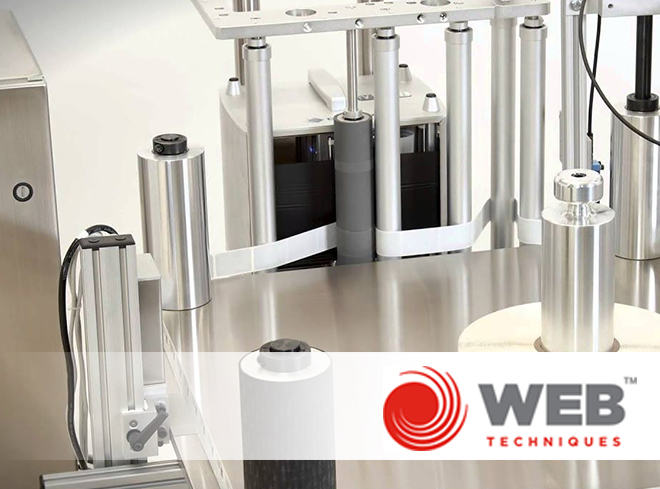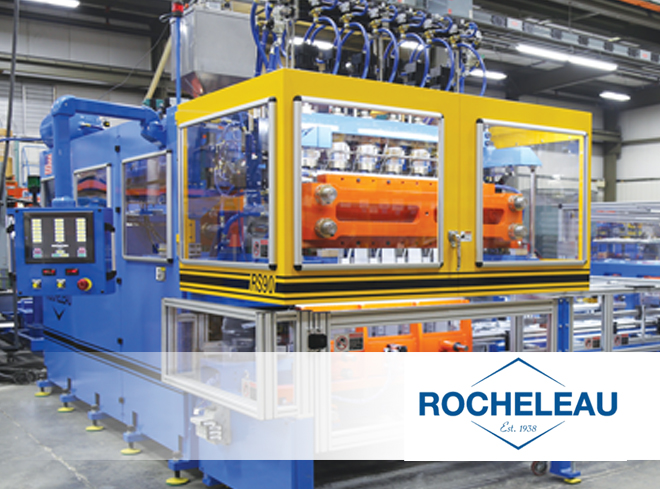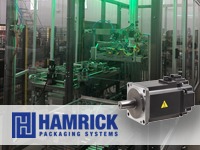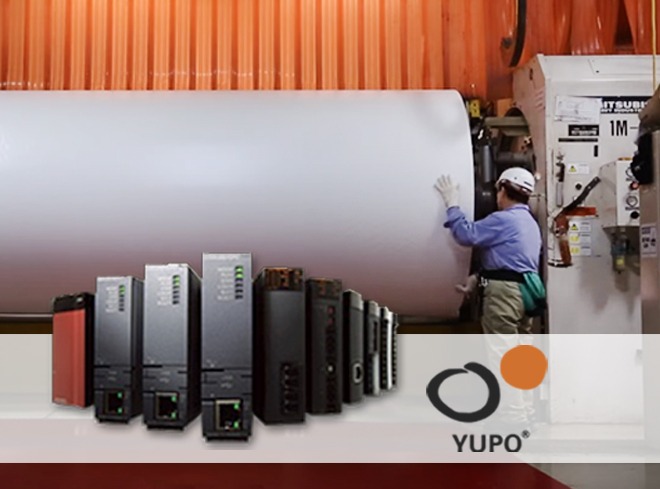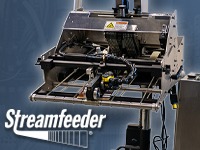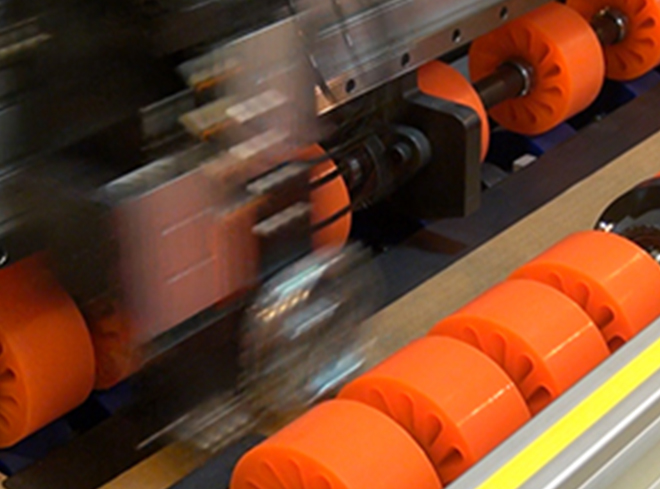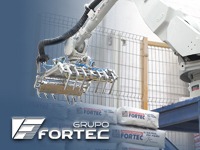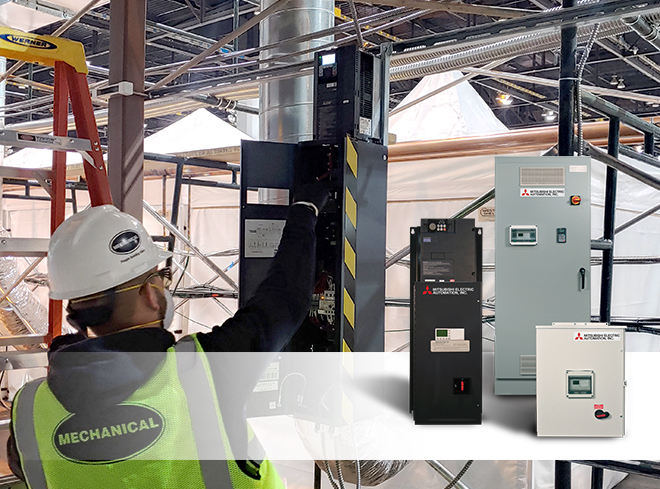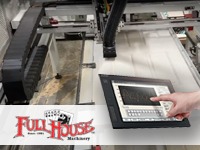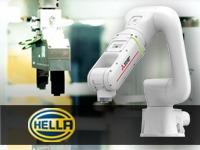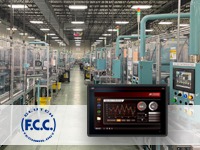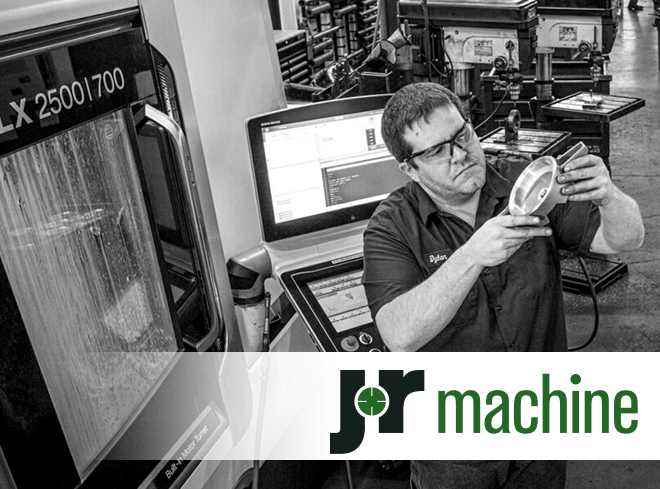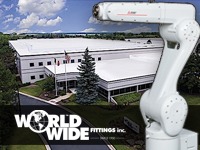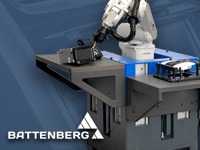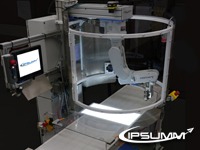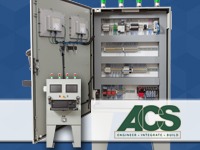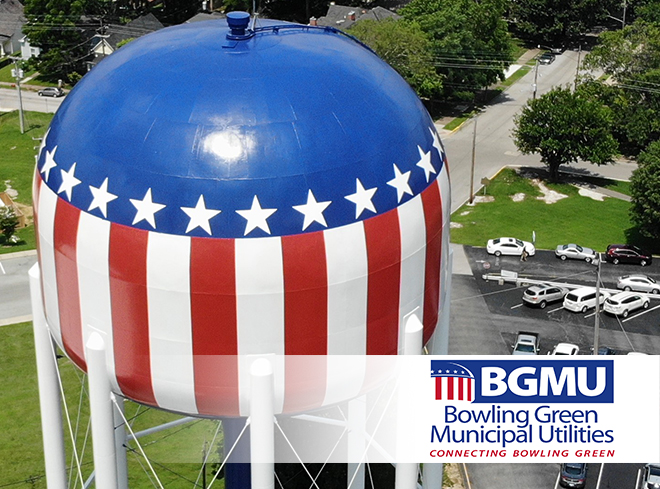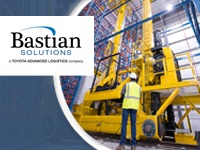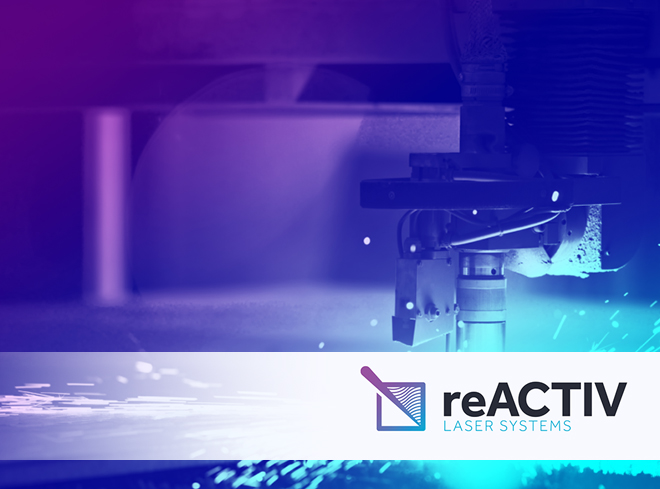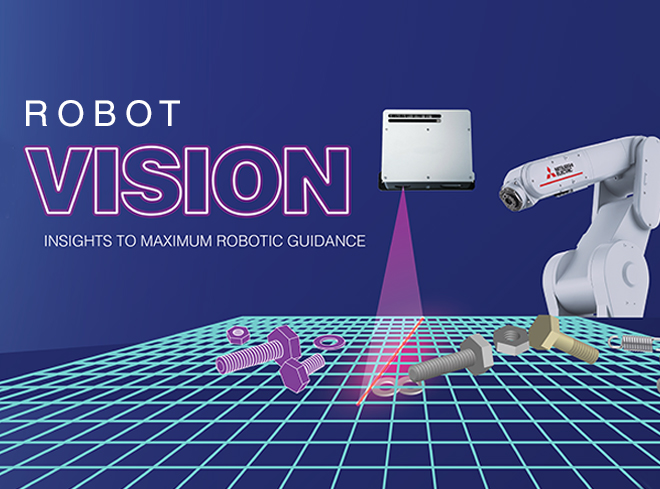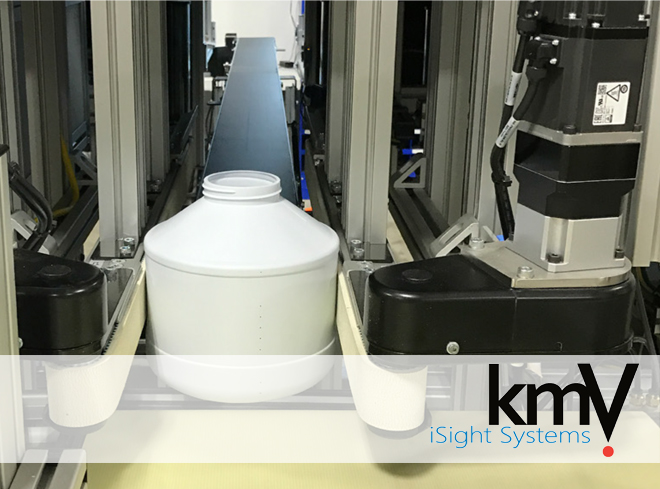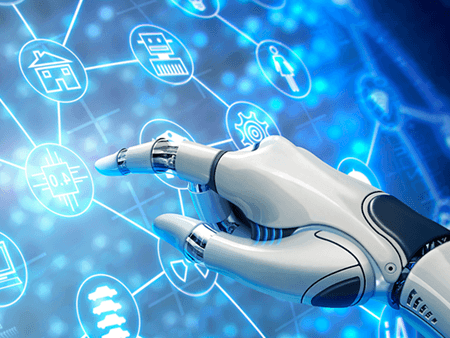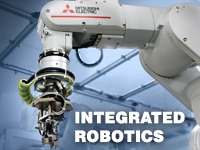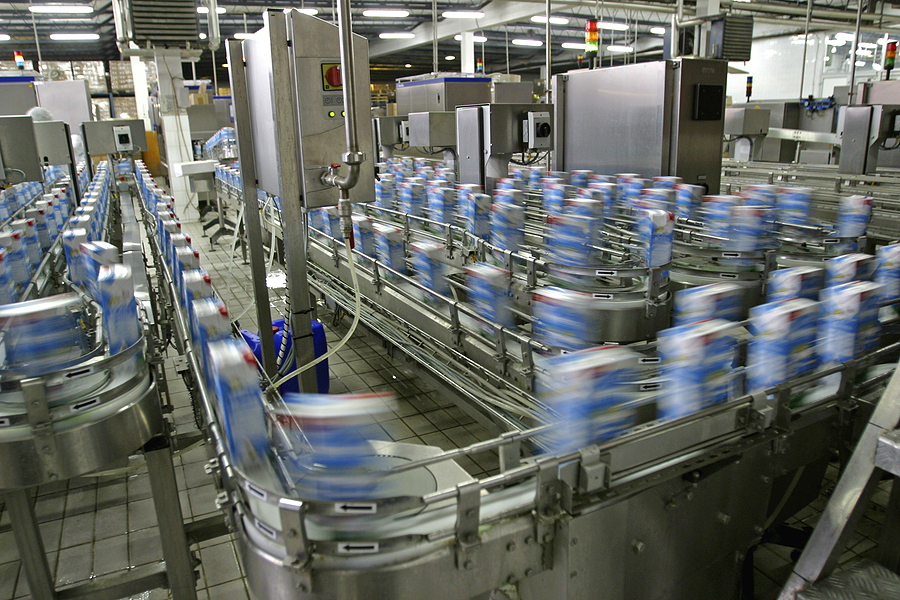
Precision automation is revolutionizing the manufacturing industry. People want goods faster, cheaper, and in flawless condition. Because of this demand and the continual need to outshine the competition, precision automation systems provide an ideal solution. Automation boosts efficiency, accuracy, and productivity while also reducing scrap and potential recalls in the months to come.
In 2022, the global industrial automation market was worth more than $205 billion. It’s expected to almost double by the time 2030 arrives. If you haven’t yet considered upgrading your equipment to embrace modern automation, you’re missing out.
President Biden’s administration launched rebate programs in 2023 to help manufacturers upgrade to efficient motors. Manufacturers who upgrade equipment that uses things like air compressors, fans, pumps, and other equipment qualify for these rebates, which helps make it easy to afford upgrades in automation.
Explore precision automation systems, the impact they have on industrial manufacturing, and the components and functions that they embrace. Get started to find out more about why you need them and what they’ll offer your business.
What Are the Main Components in Precision Automation Systems?
Precision automation is designed to lessen risk and avoid boredom when completing repetitive tasks. Automated systems can weld joints, cut sheet metal, and assemble parts with a level of precision and speed that workers can’t match. To do this, multiple components are incorporated into the precision automation system.
Conveyor Systems
You’ve seen or experienced conveyor systems if you’ve been to an airport and grabbed your luggage off the belt in the baggage arrival area. Conveyor systems are also found in industrial manufacturing settings and are used in different ways.
Some conveyors transport finished items to a preparation area for packaging. They’ll go onto a new conveyor to go into a larger box or pallet for shipping. Conveyors can also move bottles down a bottling line.
Human-Machine Interfaces
A human-machine interface (HMI) is a control panel for the worker to access that provides the opportunity to intervene with equipment when needed. A trained employee can look at the HMI’s data and override the system to make necessary adjustments or add new steps with a changed work order.
Machine Vision Systems
Machine vision systems use cameras and even laser measurements to see and react to the environment. It makes it easy for a robot to adjust the course, change the calibration, or temporarily pause until something moves from its path.
A good example is a robotic vacuum. A pet appears in its path, so it changes course to avoid hitting the pet. In a factory, it could keep a robotic forklift from hitting a worker or box that got left in the way.
Programmable Logic Controllers
A programmable logic controller is an industrial computer that controls the rest of your factory’s system. It takes messages and data from all machines and uses that flow of information to set the ideal order of operations to ensure efficiency, quality control, and production rates.
Robotics
Industrial robots are designed to complete rote tasks at high speeds with 100% accuracy. They often perform faster than people, and they’re never going to get tired and need a break.
A good example of industrial robots is for cutting the metal sheet that’s going to become the front of a dishwasher. It has to be cut with precision measurements. Even a millimeter’s difference could prevent it from fitting correctly.
Sensors
There is a lot a sensor can do. They might measure the temperature, pressure, or size of items being manufactured. They take those measurements and provide real-time feedback to a programmable logic controller. Adjustments are made accordingly before scrap or waste is created.
All of these components work together without too much involvement from workers. It doesn’t mean the robotics and automation are taking over jobs, it’s just that the worker will learn new skills and have a new role. The components work in harmony with a human monitoring and programming as needed.
How Do They Benefit Industrial Manufacturing Plants?
Adding precision automation systems into your industrial manufacturing plant offers a number of advantages like the following.
Better Data Analytics
Automated systems continually gather information to adjust settings, tweak performance, and analyze where things could be improved. Humans can do this, too, but nowhere near as quickly.
Improved Quality
With robotics and AI, quality is unmatched. People get tired, need breaks, take vacations, feel sick, and require heat and AC for their comfort at work. Machines don’t need that. They’ll work day and night without stopping. They’re not going to get tired and make a mistake, which causes serious issues with quality.
The use of sensors and machine vision systems also heightens quality. When quality is perfected, safety recalls are less likely, and scrap rates dwindle, which saves you a lot of money.
Increased Productivity
Automation does repetitive tasks faster and doesn’t have to stop. This increases production rates and gets items out to clients faster than ever before.
Reduced Costs
Precision automation equipment does cost money. But, you’re going to reduce overtime costs, energy bills, and scrap while increasing production. Your costs go down while revenues go up.
Safer Workplaces
Workplace safety improves with precision automation. Even the most conscientious worker may trip or slip on something and end up with serious injuries. Touching a hot machine component can lead to a burn. If an injury is severe enough, OSHA will investigate and your company has medical expenses and short-term disability insurance to pay for if it is deemed an accident. If there was a safety issue for something like a missing safety guard, you could face steep fines.
Machines won’t have a slip-and-fall accident, get a burn or cut on materials, or need medical treatments. Many automated machines have self-diagnostics that ensure maintenance is up-to-date.
How Do You Incorporate Precision Automation Systems Into Your Plant?
Precision automation systems are useful in any industry. Here are just a few examples of what this technology and equipment can do in your industrial setting.
- Aerospace: One simple error can lead to catastrophic injury with a spacecraft or plane. Precision automation ensures welds are strong, wiring is correct, and assembly hasn’t overlooked any crucial steps.
- Automotive: Machines can cut sheet metal, mold plastic components, assemble engines, weld components together, insert and secure windows, and paint a car with precision.
- Electronics: Electronic equipment like TVs, computers, smartphones, etc. all require precision to ensure they work properly. Automation can do that correctly and quickly.
- Food and Beverage: Bottling lines are a good example of the benefits of precision automation. Bottles are moved down a conveyor line to the perfect spot for filling. Cameras double-check the correct amount of beverage is filled, and that capping is completed within time to prevent any carbonation loss or bacteria introduction.
Where Is the Future of Precision Automation Systems Heading?
As technology advances, the future of precision automation systems keeps expanding. We’ve seen so much change since the advent of the internet and robotics. One of the changes we’re seeing at Mitsubishi Electric is the popularity of “cobots.” Cobots are collaborative robots that work hand in hand with workers, creating a safe, efficient environment that blends robotics and human insights.
Mitsubishi Electric is a leader in industrial automation, robotics, and AI. We’re here to help you better understand the first steps to take when advancing your industrial manufacturing plant to be efficient and highly productive.
Work with Us and Succeed
We love our customers and the challenges they bring to us. We also like to let our customers shine by discussing how we worked together to solve their biggest challenges. If you have a challenge that needs to be solved and would like to be our next BIG success story, reach out to us and let’s connect!

